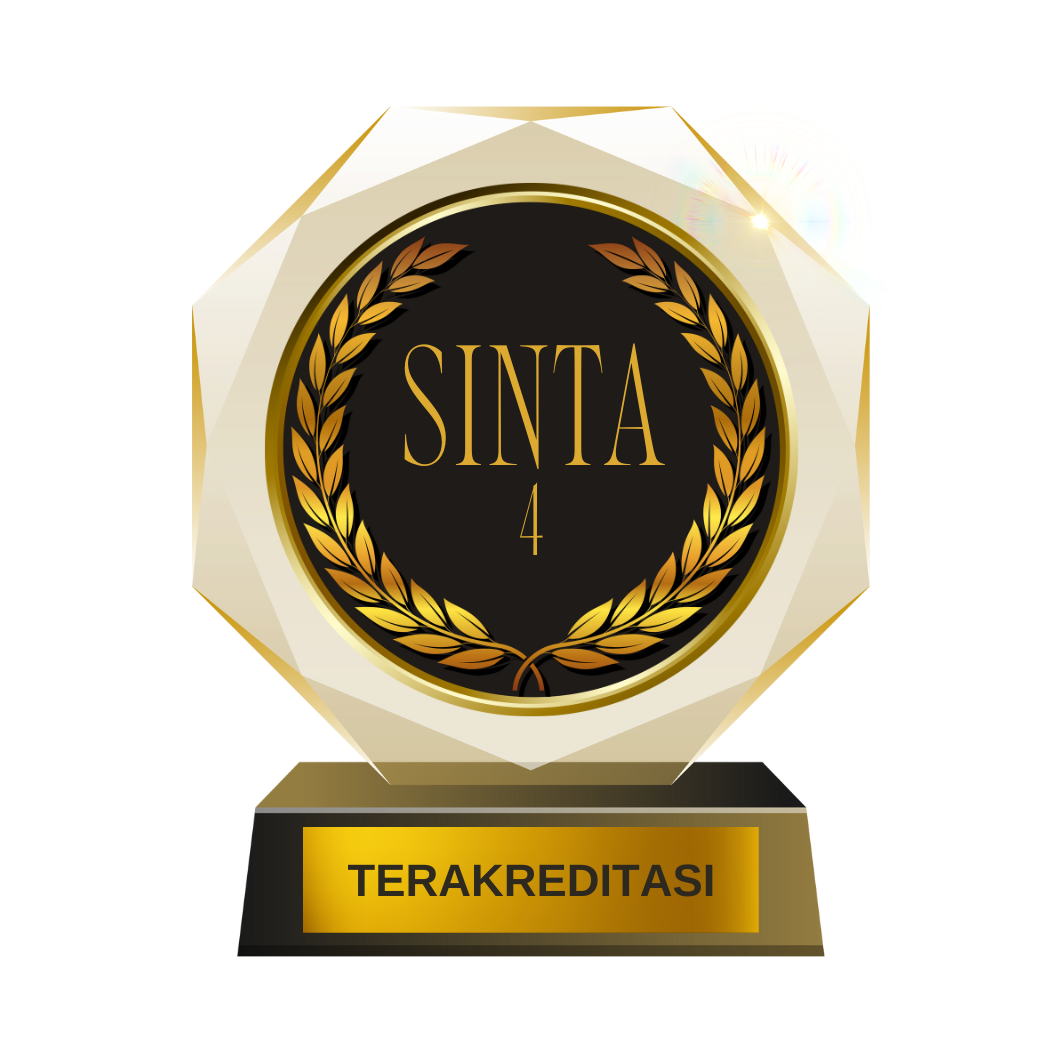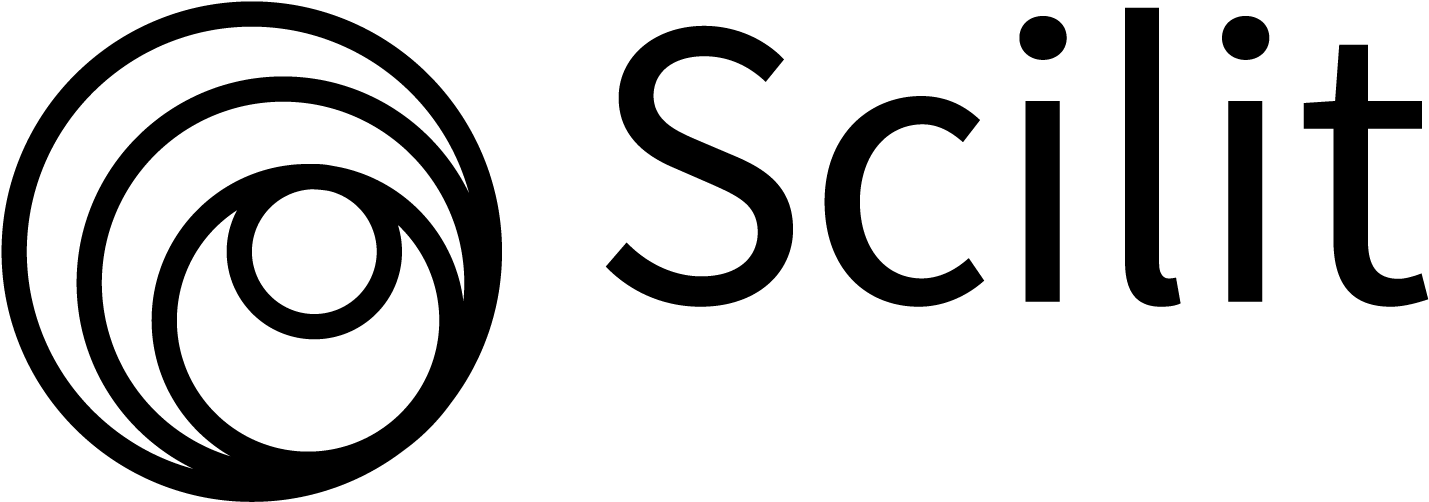Chi-Square Histogram Analysis of Woven Fabric Images Made from Natural Dyes Due to Exposure to Sunlight
DOI:
https://doi.org/10.52985/insyst.v6i1.348Keywords:
Chi-Square, natural dyes, sunlight, woven fabricAbstract
This research aims to conduct a Chi-square analysis on the histogram of woven fabric images dyed with natural dyes following exposure to sunlight. Woven fabrics dyed with natural dyes have attracted attention in the textile industry due to their sustainability and environmental safety. Continuous sunlight is a significant factor influencing color changes in woven fabric dyed with natural dyes. The methodology involves capturing images of woven fabric pre- and post-sunlight exposure, followed by histogram analysis using Chi-Square testing, mean, mode, and standard deviation. We utilize pre-cropped and resized grayscale images. Research findings demonstrate that sunlight significantly impacts the histogram of woven fabric images dyed with natural dyes, causing shifts in color distribution, standard deviation, and mode. These findings hold critical implications for the textile industry, particularly for manufacturers of woven fabrics dyed with natural dyes. The application of Chi-Square analysis and standard deviation provides guidelines for product design, maintenance procedures, and consumer education regarding the preservation of color quality in fabrics exposed to sunlight. Changes in the quality of woven fabric images under sunlight exposure can offer essential guidance in the care and maintenance of textile products dyed with natural dyes. This research contributes to a deeper understanding of the interplay between natural dyes, sunlight, and woven fabrics, supporting the development of sun-resistant natural dyes.
References
S. Saxena and A. S. M. Raja, “Natural Dyes: Sources, Chemistry, Application and Sustainability Issues BT - Roadmap to Sustainable Textiles and Clothing: Eco-friendly Raw Materials, Technologies, and Processing Methods,” S. S. Muthu, Ed., Singapore: Springer Singapore, 2014, pp. 37–80. doi: 10.1007/978-981-287-065-0_2.
T. Toprak and P. Anis, “Textile Industry’s Environmental Effects and Approaching Cleaner Production and Sustainability: an Overview,” J. Text. Eng. Fash. Technol., vol. 2, no. 4, pp. 429–442, 2017, doi: 10.15406/jteft.2017.02.00066.
A. K. Sarkar, “An evaluation of UV protection imparted by cotton fabrics dyed with natural colorants,” BMC Dermatol., vol. 4, pp. 1–8, 2004, doi: 10.1186/1471-5945-4-15.
C. R. S. de Oliveira, A. H. da Silva Júnior, J. Mulinari, and A. P. S. Immich, “Textile Re-Engineering: Eco-responsible solutions for a more sustainable industry,” Sustain. Prod. Consum., vol. 28, pp. 1232–1248, 2021, doi: 10.1016/j.spc.2021.08.001.
P. Batarius, A. A. Sinlae, and E. F. Fahik, “Analysis of the Quality of Natural Dyes in Weaving Exposed to Sunlight Using MSE and PSNR Parameters,” J. RESTI (Rekayasa Sist. dan Teknol. Informasi), vol. 6, no. 5, pp. 797–802, 2022, doi: 10.29207/resti.v6i5.4339.
M. B. Jawan, P. Batarius, and F. Tedy, “Analisis Pengaruh Sinar Matahari Terhadap Pewarna Alami pada Citra Kain Tenun,” J. Tek. Inform. Unika ST. Thomas, vol. 07, no. 02, pp. 141–151, 2022.
S. Sofyan, F. Failisnur, and S. Silfia, “Pengaruh jenis dan metode mordan terhadap kualitas pewarnaan kain katunmenggunakan limbah kulit jengkol (Archidendron jiringa),” J. Litbang Ind., vol. 8, no. 1, pp. 1–9, 2018.
T. Rahayuningsih, F. S. Rejeki, E. R. Wedowati, and D. Widhowati, “Preliminary study of natural dyes application on batik,” IOP Conf. Ser. Earth Environ. Sci., vol. 475, no. 1, 2020, doi: 10.1088/1755-1315/475/1/012069.
T. B. Teklemedhin, “Dyeing of Wool Fabric Using Natural Dye and Natural Mordant Extracts,” Trends in Textile Engineering & Fashion Technology, vol. 4, no. 4. 2018. doi: 10.31031/tteft.2018.04.000593.
Y. G. Naisumu, Emilia Juliyanti Bria, and Welli Herlince Kasse, “Utilization of Natural Dyes for Futus Woven Fabrics as an Alternative to Dye for Plant Tissue Preparations,” Bioeduscience, vol. 6, no. 1, pp. 96–107, 2022, doi: 10.22236/j.bes/618079.
N. Kusumawati, A. Kristyanto, and S. Samik, “Exploration of Natural Dyes by Using a Combination of Caesalpinia sappan and Leucaena leucocephala L. Leaves.,” vol. 1, no. Snk, pp. 33–37, 2020, doi: 10.2991/snk-19.2019.9.
Ö. Erdem Işmal, L. Yildirim, and E. Özdoǧan, “Use of almond shell extracts plus biomordants as effective textile dye,” J. Clean. Prod., vol. 70, pp. 61–67, 2014, doi: 10.1016/j.jclepro.2014.01.055.
E. Rahayuningsih et al., “Optimization of cotton fabrics dyeing process using various natural dye extracts,” J. Rekayasa Proses, vol. 16, no. 1, p. 58, 2022, doi: 10.22146/jrekpros.70397.
M. Raze, F. Telegin, and S. Rahman, “Eco-friendly dyeing of wool fabric using natural dye extracted from onions outer shell by using water and organic solvents,” ResearchGate, vol. 3, no. 9, pp. 1–19, 2016, [Online]. Available: https://www.researchgate.net/publication/309779229%0AEco-friendly
R. Mansour, S. Dhouib, and F. Sakli, “UV Protection and Dyeing Properties of Wool Fabrics Dyed with Aqueous Extracts of Madder Roots, Chamomiles, Pomegranate Peels, and Apple Tree Branches Barks,” Journal of Natural Fibers, vol. 19, no. 2. pp. 610–620, 2022. doi: 10.1080/15440478.2020.1758280.
L. Alwi, A. T. Hermawan, and Y. Kristian, “Identifikasi Biji-Bijian Berdasarkan Ekstraksi Fitur Warna, Bentuk dan Tekstur Menggunakan Random Forest,” J. Intell. Syst. Comput., vol. 1, no. 2, pp. 92–98, 2019, doi: 10.52985/insyst.v1i2.93.
E. L. Santoso, E. Setyati, and Y. Kristian, “Klasifikasi Citra Daun Memanfaatkan Angular Partition, Edge Detection dan Neural Network,” J. Intell. Syst. Comput., vol. 1, no. 1, pp. 27–33, 2019, doi: 10.52985/insyst.v1i1.32.
S. Alamgunawan and Y. Kristian, “Klasifikasi Tekstur Serat Kayu pada Citra Mikroskopik Veneer Memanfaatkan Deep Convolutional Neural Network,” J. Intell. Syst. Comput., vol. 2, no. 1, pp. 06–11, 2021, doi: 10.52985/insyst.v2i1.152.
M. Moezzi, M. Ghane, and D. Semnani, “Predicting the tensile properties of UV degraded Nylon66/polyester woven fabric using regression and artificial neural network models,” J. Eng. Fiber. Fabr., vol. 10, no. 1, pp. 1–11, 2015, doi: 10.1177/155892501501000101.
H. Sadeghi and A.-A. Raie, “Approximated Chi-square distance for histogram matching in facial image analysis: Face and expression recognition,” in 2017 10th Iranian Conference on Machine Vision and Image Processing (MVIP), 2017, pp. 188–191. doi: 10.1109/IranianMVIP.2017.8342346.
Z. Wang et al., “Image Noise Level Estimation by Employing Chi-Square Distribution,” in 2021 IEEE 21st International Conference on Communication Technology (ICCT), 2021, pp. 1158–1161. doi: 10.1109/ICCT52962.2021.9657946.
Downloads
Additional Files
Published
How to Cite
Issue
Section
License
Copyright (c) 2024 INSYST: Journal of Intelligent System and Computation

This work is licensed under a Creative Commons Attribution-NonCommercial-ShareAlike 4.0 International License.








